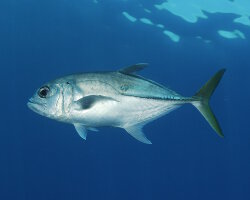Sealife guideThe short fin makoIsurus oxyrinchus
Taxonomy
- Common name: Short fin mako
- French name: Requin mako, requin taupe bleu
- Scientific name: Isurus oxyrinchus (Rafinesque, 1810)
- Family name: Lamnidae
- Order name: Lamniformes
- Class name: Elasmobranchii
Description
The short fin mako has a streamlined body from head to tail. Its silhouette is shaped to give it exceptional performance when moving through the water !
On average, they measure around 4 meters long and weigh around 160 kg, but the largest specimens can easily reach 500 kg.
The short fin mako's body is midnight blue on the dorsal side and whitish on the ventral side, enabling it to blend into its deep-sea environment.
Range
The short fin mako is found in temperate and tropical waters throughout the world's oceans and seas.
Habitat
The short fin mako evolves from the surface to depths of over 800 meters, which is quite a feat given the cold temperatures. The impressive depths reached by the mako shark were recorded by tracking several individuals over a given period, using tags worn by the sharks and transmitted by satellite.
At these great depths, the short fin mako has to cope with extreme temperatures close to 5 degrees Celsius.
Did you know ?
The short fin mako is a formidable predator, reaching speeds of 70 km/h or even 100 km/h to hunt its equally fast prey, such as yellowfin tuna and swordfish.
A true ocean sprinter, the mako shark has less endurance over long distances.
Thanks to its ability to regulate its body temperature several degrees above that of the surrounding water, the mako shark is faster than cold-blooded sharks and the
great white shark, a warm-blooded shark, and remains fast at greater depths.
The short fin mako is listed as many other marine species within The
IUCN Red List of threatened species. The short fin mako appears in the
IUCN Red List since 2019 within the category Endangered !
Within the same genus
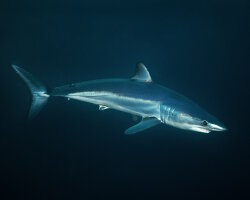
Longfin mako
(Isurus paucus)
Within the same family

Great white shark
(Carcharodon carcharias)
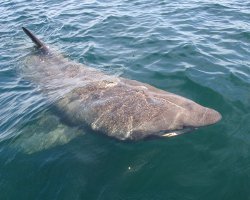
Basking Shark
(Cetorhinus maximus)
Explore also
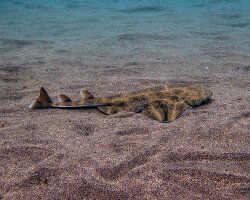
Common angelshark
(Squatina squatina)

Whale shark
(Rhincodon typus)
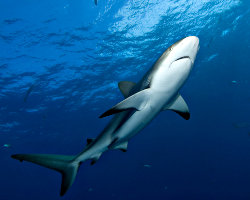
Caribbean reef shark
(Carcharhinus perezi)
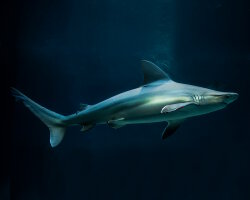
Sandbar shark
(Carcharhinus plumbeus)
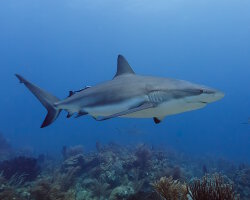
Grey reef shark
(Carcharhinus amblyrhynchos)
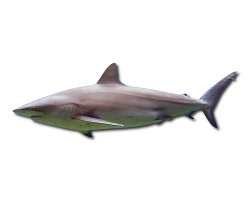
Dusky shark
(Carcharhinus obscurus)

Silky Shark
(Carcharhinus falciformis)
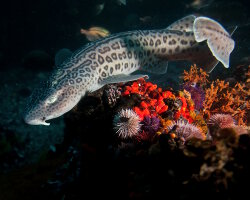
Leopard catshark
(Poroderma pantherinum)
Les destinations de plongée

L'île de Clipperton















